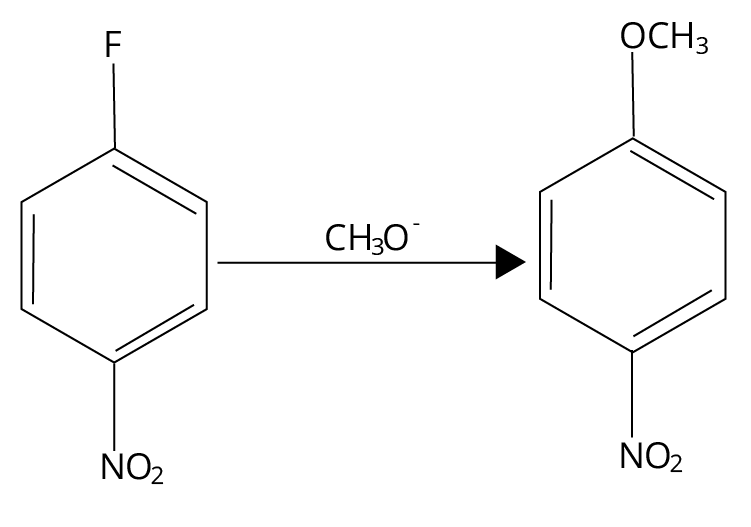Chemistry Notes for Chapter 6 Haloalkanes and Haloarenes Class 12 - FREE PDF Download
FAQs on Haloalkanes and Haloarenes Class 12 Chemistry Chapter 6 CBSE Notes - 2025-26
1. What does a quick revision of Haloalkanes and Haloarenes in Class 12 Chemistry involve?
A quick revision of Haloalkanes and Haloarenes in Class 12 Chemistry focuses on their classification (haloalkanes: aliphatic, haloarenes: aromatic), methods of preparation, core reactions such as nucleophilic substitution (SN1, SN2), elimination (E1, E2), physical and chemical properties, stereochemistry, and important uses, all aligning with the CBSE 2025–26 syllabus.
2. How are the core concepts of nucleophilic substitution and elimination summarized in revision notes for this chapter?
Nucleophilic substitution in haloalkanes occurs mainly by SN1 (two-step, carbocation intermediate) and SN2 (single-step, transition state) mechanisms, while elimination reactions include E1 and E2, leading to the formation of alkenes. Key factors include substrate structure, solvent type, and the nature of the nucleophile or base, which are essential for exams.
3. What are the most important types of reactions to focus on during last-minute revision for this chapter?
During last-minute revision, focus on:
- Preparation of haloalkanes and haloarenes: halogenation, from alcohols, and halogen exchange
- Substitution reactions: SN1 and SN2
- Elimination reactions: E1 and E2 mechanisms
- Special reactions: Finkelstein, Swartz, Wurtz, and Grignard reactions
- Environmental impacts and stereochemical outcomes (inversion, retention)
4. What quick concept map should students recall for classifying haloalkanes and haloarenes?
Recall:
- Haloalkanes are classified based on the carbon atom bonded to the halogen: primary (1°), secondary (2°), and tertiary (3°).
- Haloarenes are aromatic compounds where a halogen directly attaches to an aromatic ring (usually benzene).
5. How should students connect the properties of haloalkanes and haloarenes to their exam preparation strategy?
Link physical properties (boiling/melting point, solubility) and chemical properties (reactivity with nucleophiles, strength of C–X bond) to typical CBSE question patterns, such as distinguishing SN1 vs. SN2 or predicting the major elimination product. This supports faster problem-solving in exams.
6. What common misconceptions should be avoided during quick revision of this chapter?
Common pitfalls include:
- Assuming all halides undergo SN1/SN2 at similar rates—reaction mechanism depends on substrate (aliphatic vs. aromatic) and halide structure
- Confusing the leaving group effect in relation to basicity and nucleophilicity
- Overlooking stereochemical outcomes (for instance, inversion in SN2 reactions)
7. Why is understanding environmental impacts of haloalkanes and haloarenes relevant for quick revision?
Environmental impacts of compounds like CFCs highlight their role in ozone depletion, a frequent topic in CBSE exams, and connect chemistry concepts with current global issues—important for value-based or HOTS questions.
8. What is the best order to revise the main topics in Haloalkanes and Haloarenes for optimal retention before an exam?
Revise in the following order for optimal retention:
- Classification and nomenclature
- Preparation methods
- Chemical reactions (substitution, elimination, special reactions)
- Stereochemistry and mechanism details
- Physical properties and uses
- Environmental and health impacts
9. How do revision notes enhance conceptual clarity for stereochemistry in this chapter?
Revision notes distill complex topics like chirality, optical activity, inversion, and retention into visual summaries and key point outlines. This makes it easier for students to recall mechanisms and predict outcomes in SN1 and SN2 reactions during the exam.
10. What is a high-leverage short answer strategy for value-based or HOTS questions using revision notes on Haloalkanes and Haloarenes?
Use revision notes to:
- Connect chemical structure to observed properties and reactivities
- Justify reaction outcomes by referencing mechanism steps
- Provide real-life or environmental significance in answers

























